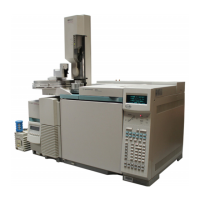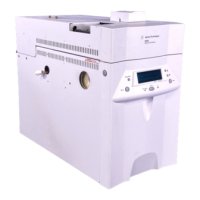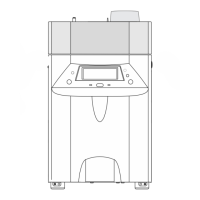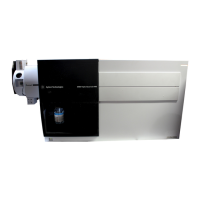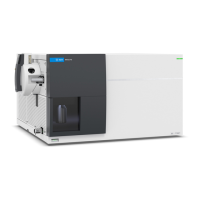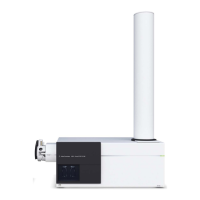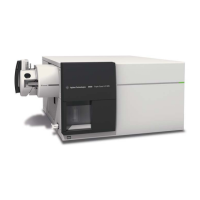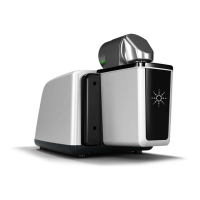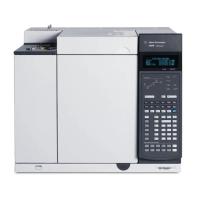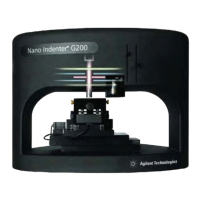Site Preparation
Benchtop space requirements
4
Venting oven exhaust
Hot air (up to 450°C) from the oven exits through a vent in the rear. Allow at
least 20 cm (10 inch) clearance behind the instrument to dissipate this air.
WARNING Do not place temperature-sensitive items (for example, gas cylinders, chemicals,
regulators, and plastic tubing) in the path of the heated exhaust. These items will
be damaged and plastic tubing will melt. Be careful when working behind the
instrument during cool-down cycles to avoid burns from the hot exhaust.
If space is limited, the Oven Exhaust Deflector (part no. 19247-60510) may
improve oven cooling. It diverts exhaust air up and away from the instrument.
You can connect it to a 10.2-cm (4-inch) exhaust-duct system, route the exhaust
to a fume hood, or vent the exhaust outside the building with 10.2-cm diameter
(4-inch diameter) furnace duct.
Venting toxic or noxious gases
During normal operation of the GC with many detectors and inlets, some of the
carrier gas and sample vents outside the instrument. If any sample components
are toxic or noxious, or if hydrogen is used as the carrier gas, the exhaust must
be vented to a fume hood. Place the GC in the hood or attach a large diameter
venting tube to the outlet for proper ventilation.
To further prevent contamination from noxious gases, you can attach a chemical
trap (part no. G1544-60610) to the split vent.
Benchtop space requirements
The GC with electronic pneumatics control (EPC) is 59 cm (23 inch) wide. The
nonEPC model is 68 cm (26.7 inch) wide. Both are 50 cm (21 inch) high and
50 cm (21 inch) deep.
The area above the GC should be clear, with no shelves or overhanging
obstructions that limit access to the top of the instrument and interfere with
cooling. You may need additional space for other instruments used with your
GC. Figure 1 shows some common system configurations.
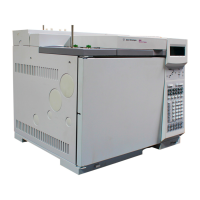
